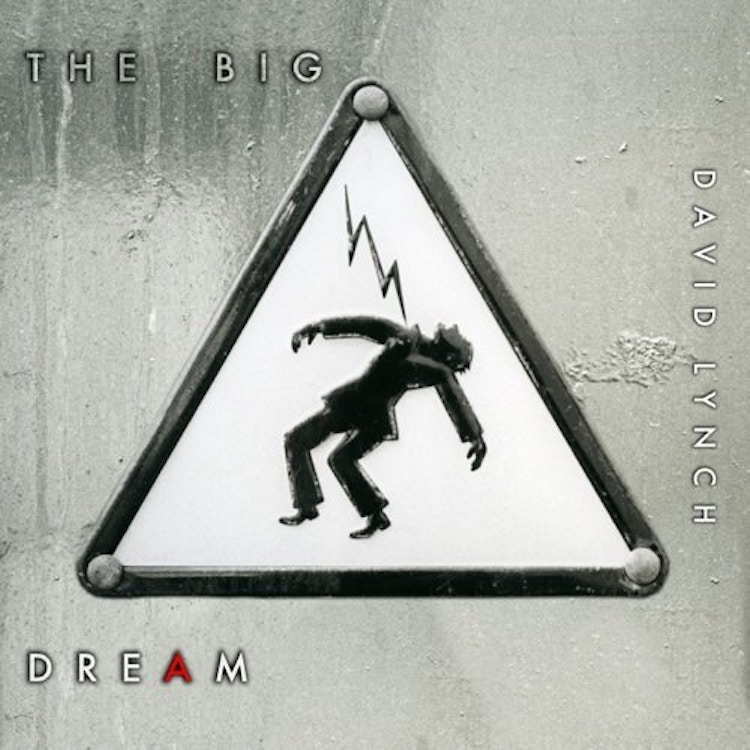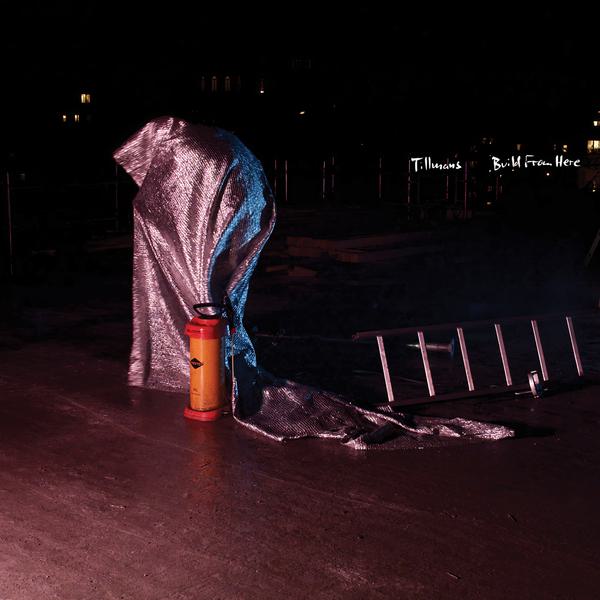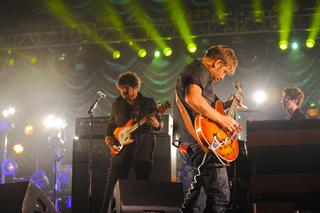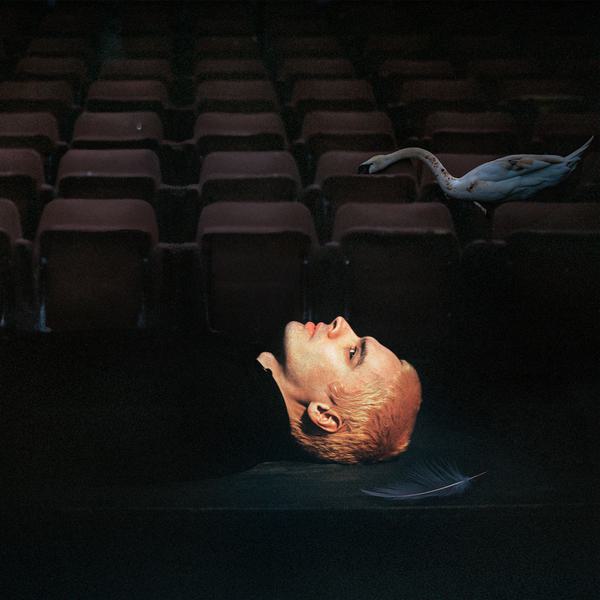"The Big Dream"

The term ‘Lynchian’ is used nowadays to define anything with surreal elements- noir aspects and elliptical narratives – but David Lynch’s auteur vision extends beyond his filmmaking; Lynch is somewhat of a prolific polymath, establishing his oeuvre as not only an acclaimed director in a hybrid of artistries – from writing, acting, and painting to web design and even furniture and coffee production – but it’s music where Lynch’s twisted sense of Americana is explicitly observed through the same unique lense as his visual work.
It’s customary for artists to expand their talents beyond the realms of their central craft, but rarely has anyone been so singularly self-sufficient without being self indulgent –and just like all mediums of his art, The Big Dream speaks for itself, with all Lynchian facets intrinsically present. Recorded over several months at Lynch’s own Asymmetrical studio with production and instrumental contributions from engineer Dean Hurley, The Big Dream sees Lynch returning to primary songwriting and performance duties, writing 11 out of the album’s 12 tracks, including his signature interpretation of Bob Dylan’s folk classic ‘The Ballad of Hollis Brown’.
An affinity for the blues is inherent in all of Lynch’s compositions– being a bluesman only seems fitting for an artist whose works are intertwined with themes that so regularly draw on American cultural identity: “The Blues is an honest and emotional form of music that is thrilling to the soul. I keep coming back to it, because it feels so good…most of the songs start out as a type of blues jam and then we go sideways from there. What comes out is a hybrid, modernised form of low-down blues” explains Lynch, labelling The Big Dream a “modern blues” album.
Of course, this pertains to Lynch’s subversive nature and an aversion to the conventional, and as you would aspect from an acclaimed filmmaker, all of these songs are cinematic in scope. While there are obvious touches of the same modern electronic production we got with the more experimental Crazy Clown Time, beneath its idiosyncratic exterior is a sensibility deeply rooted in the blues. Similarly eerie and steeped in surrealism, Lynch’s guileless, heavily processed vocals are barely recognisable– his voice is concealed under layers of filters and effects and, for the most part, swathed in reverb, compressed and distorted into spectral oddities on ‘Can’t Be Seen No More’. This synthesis of ominous blues with subtle, understated electronica works well – it’s the juxtaposition between the traditional and the contemporary that makes The Big Dream so intriguing.
Lynch keeps his lyrics relatively simplistic, but there’s a complexity expressed in the language of dreams and the subconscious mind that’s so prevalent in much of his work, like the famously innovative dream sequence involving Dale Cooper from Twin Peaks, for example. The Big Dream is equally cryptic; the myriad interpretations will keep you perpetually guessing, revisiting each song to decipher it. Still, there’s more accessibility to this album than its predecessor, and it’s of course Lykke Li’s crooning contribution on the ’50s inspired ‘I’m Waiting Here’ that steers it more towards the mainstream.
Although The Big Dream is markedly less peculiar than Crazy Clown Time, and in turn appearing less adventurous, it’s also considerably more focused: here Lynch has a more methodical approach both musically and lyrically, looking to early rock ‘n’ roll for structure, rhythm and melody, but without sacrificing the electronic demeanour of Crazy Clown Time or indeed the sheer aberration with which Lynch has become synonymous with. Essentially, if we’re going to draw parallels between Lynch’s visual and audio works then Crazy Clown Time was the musical equivalent of Erasurehead – infinitely sinister but lacking in plot – while The Big Dream could be the rhythmic interpretation of Blue Velvet for all its pairing of the atmosphere with movement and development. Despite it being a visionary work from an artist seldom seen nowadays, The Big Dream is more cohesive, more coherent but all the less fearless because of it.
Get the Best Fit take on the week in music direct to your inbox every Friday

Maria Chiara Argirò
Closer

Justice
Hyperdrama

Wolfgang Tillmans
Build From Here





